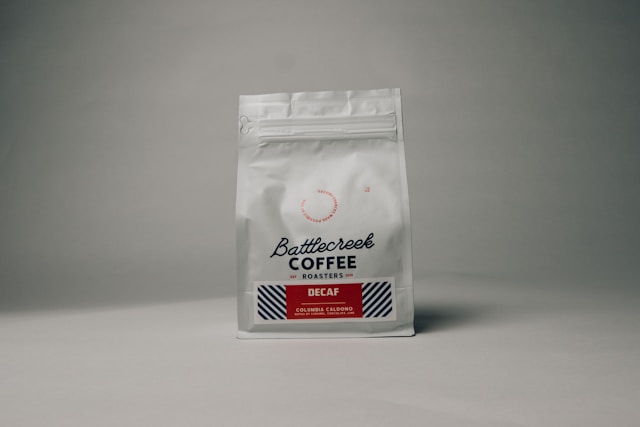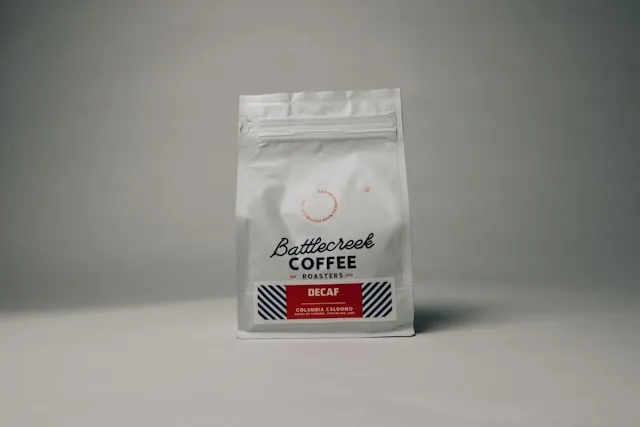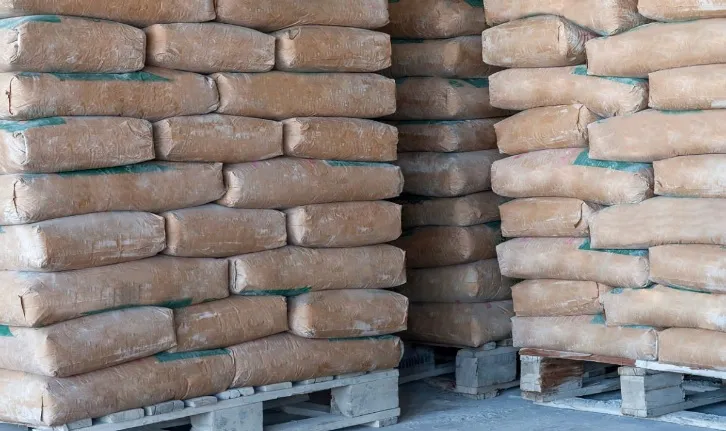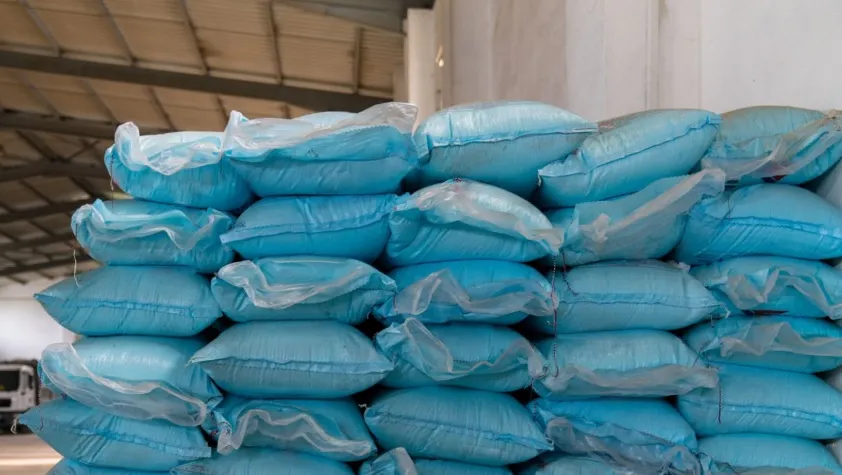The personalization of industrial packaging has become an integral part of the strategy for many businesses seeking to stand out from the competition, increase logistical efficiency, and build a strong brand. In the age of globalization and growing competition, standard packaging no longer meets the demands of contemporary markets. Customers expect not only functionality but also a unique approach to each product, which ultimately leads to real financial benefits. In this context, packaging personalization becomes a key tool for companies that want to survive and thrive in dynamically changing conditions.
Why Is the Personalization of Industrial Packaging Key for Companies?

What Are the Benefits of Industrial Packaging Personalization?
The personalization of industrial packaging brings numerous benefits that impact both brand perception and operational efficiency. First and foremost, personalized packaging allows companies to create a stronger brand identity. With unique designs, colors, and graphic elements, products become more easily recognizable to consumers. Customers often feel a stronger connection to brands that can meet their expectations and tailor their offerings to their preferences. This connection may prompt them to choose a particular product at the point of purchase, ultimately leading to increased sales.
Another advantage is the ability to better adapt packaging to specific market needs. Companies can make changes to packaging in response to microtrends that influence consumer behavior. Thanks to these flexible and often faster production cycles, companies become more competitive and can respond to market demands in real time. As a result, packaging personalization can become a driving force for innovation in the industry.
Does Packaging Personalization Impact Customer Experience?
Yes, packaging personalization has a huge impact on customer experience. In today's world, where customers are increasingly demanding, packaging plays a key role in the first contact with the product. Personalization allows companies to create unique shopping experiences, which can significantly increase customer satisfaction. For example, if a customer receives a product packaged in a way that reflects their individual preferences or values, they will be more likely to have a positive perception of the brand. This could be a personalized message or packaging containing information about the company's social responsibility, which may influence the customer's decision in future purchases.
When customers feel appreciated through personalization, there is a higher likelihood that they will share their positive experiences with others. In the age of social media, where recommendations and reviews have a significant impact, successful experiences with personalized packaging can lead to organic word-of-mouth marketing, which is an invaluable promotional tool for companies.
How Does Packaging Personalization Affect Operational Efficiency?
Packaging personalization also impacts operational efficiency in companies. Tailoring packaging to the specific requirements of a product can lead to cost savings. Better matching packaging to the product size can reduce shipment volume and lower transportation and storage costs. This approach also reduces waste, which is not only beneficial for the environment but also for the company’s reputation as socially responsible. In an era where consumers are increasingly focused on environmental issues, the ability to personalize packaging appropriately becomes an additional asset in creating a positive brand image.
How Does Packaging Personalization Support Innovation in the Industry?
Packaging personalization is also a significant element in supporting innovation in the industry. When companies introduce custom-designed packaging, they have the opportunity to test new materials, technologies, and designs, which can result in benefits such as better product protection, aesthetics, or ease of use. By introducing new solutions, businesses can not only stand out from the competition but also gather valuable feedback from customers that can be used for further product development and marketing strategies.
Moreover, packaging personalization helps identify specific market segments, enabling companies to better target their advertising and promotional campaigns. When packaging is tailored to different target groups, companies can communicate their values more precisely and attract customers who are interested in the specific product or service. In this way, packaging personalization becomes not only a tool for differentiating the product but also a focused approach to building a base of loyal customers.
How Does Packaging Personalization Support the Brand’s Image in Sustainable Development?
In the age of growing environmental awareness among consumers, packaging personalization can support a brand's image in sustainable development. Companies that find ways to use environmentally friendly materials in personalized packaging can gain a competitive advantage. Consumers are increasingly willing to choose products from brands that are conscious of their role in environmental protection. Personalization allows for the communication of ecological values, such as labeling packaging with recycling information or proper disposal instructions. Companies that invest in sustainable development have a better chance of building long-term customer loyalty and improving their market reputation.
Does Packaging Personalization Support Companies’ Marketing Strategy?
Packaging personalization plays a key role in a company’s marketing strategy. Through unique packaging, businesses can create exceptional promotional campaigns that engage consumers. Personalization allows for additional elements of participation, such as adding names or dedications to packaging, which becomes highly attractive for gifts or holiday promotions. This approach makes consumers feel special and more inclined to engage with the brand, which in turn can lead to increased sales.
In the age of information overload and market synergy, companies that effectively use packaging personalization as a marketing tool have a greater chance of grabbing customers' attention and retaining their loyalty. Examples of such campaigns are becoming increasingly common in the cosmetic, food, and electronics industries, where unique packaging attracts attention and creates positive shopping experiences.
What Challenges Can Packaging Personalization Bring?
Although packaging personalization brings many benefits, it also requires a well-thought-out strategy and cooperation between various departments within a company. Challenges may include increased production costs due to more complex packaging design and production processes. Companies also need to consider the logistics of storing and transporting personalized packaging, which could introduce additional complications in the supply chain. It may also happen that personalized solutions may not suit all products or markets, which represents another challenge to consider.
Given these barriers, companies should adopt an integrated approach, bringing together teams responsible for marketing, technology, and production. Only then can there be a real chance to develop a personalization system that not only enhances the brand’s effectiveness but also meets customer needs. This integrated approach is crucial to maximizing the potential of packaging personalization while minimizing the risks associated with its implementation.
In light of all the aforementioned aspects, it becomes clear that industrial packaging personalization is a key element of the strategy for many companies. By adapting to changing market trends and consumer preferences, organizations can not only increase their competitiveness but also strengthen their position in the market. In the face of the challenges posed by today’s market, packaging personalization proves to be an effective tool for achieving success.



